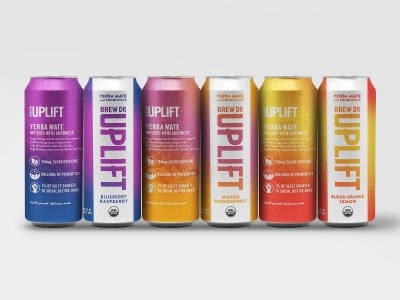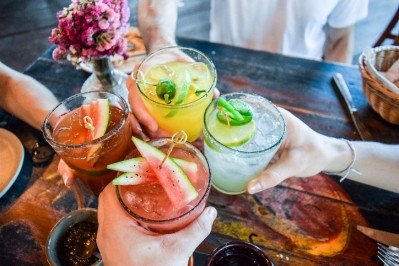WSTA sets out guidelines for low/no alcohol product names

While terms such as 'low alcohol' and 'alcohol-free' are defined in legislation, the name a product can use is less clear. The WSTA has therefore set out what names could be considered acceptable and which are likely to be considered to be misleading to consumers. It hopes the guide will assure producers that they are labelling and marketing their beverages correctly; as well as increasing consumer confidence in the category.
Its guide considers products that are 1.2% ABV or under and designed as alternative products produced to closely resemble their alcoholic counterparts - which are increasingly becoming closer in taste, aroma and appearance to the spirits and spirit drinks they are trying to replace.
Its guide considers three types of drinks:
Beverages created from a category defined distillate; that are diluted or have alcohol extracted to create a drink with a maximum ABV of 1.2%:
- Products created using ‘a defined category spirit as an influencing ingredient’ (e.g. gin) can refer to the presence of this spirit; but not claim to be part of the category itself.
- For example, the legally required descriptive name of a drink could be ‘low alcohol drink made with gin’ or ‘low alcohol spirit made with raspberry gin’. However, it could NOT be described as a ‘low alcohol gin’, because gin is a legally defined product with a minimum alcohol content of 37.5%. ‘By alluding to the presence of gin as an ingredient it is clear to consumer that the product is not ‘gin’, but does include gin as an ingredient.’
- The percentage of the category defined distillate used in the product’s recipe should be stated on the packaging.
- Any drink with an ABV of under 1.2% should following the full labelling requirements of EU Regulation 1169/2011: including information such as an ingredients list, allergens and nutritional information.
- The WSTA suggests that brands include the ABV on their labels to ensure consistency with the alcoholic beverages above 1.2% that they are trying to replace. ABV should be declared to one decimal place.
Beverages made from ethyl alcohol of agricultural original diluted or with alcohol removed to create a beverage with maximum ABV of 1.2%:
- Products that are created using ethyl alcohol of agricultural origin should include a descriptive name that accurately describes the product. This descriptor can include the term ‘spirit’ e.g. ‘Low alcohol juniper flavoured spirit’ or ‘low alcohol botanical infused spirit’.
- It cannot include a spirit category name (e.g. ‘gin’) if not made from that spirit.
- Any drink with an ABV of under 1.2% should following the full labelling requirements of EU Regulation 1169/2011: including information such as an ingredients list, allergens and nutritional information.
- The WSTA suggests that brands include the ABV to ensure consistency with the alcoholic beverages above 1.2% that they are trying to replace.
Beverages created without alcohol, but provide the same flavor as a spirit drink they are created to replicate and are labelled and marketed to appeal to over 18s:
- The WSTA says that products that do not contain alcohol should not refer to alcohol in the name: considering these products are ‘soft drinks’ that are created to taste like a spirit drink and marketed as an alternative to spirit drinks. “The descriptive name should accurately describe the product e.g. ‘Non-alcoholic drink flavoured with juniper, lemon zest and cardamom’. As these non-alcoholic drinks will be packaged and labelled to look like an alcoholic drink, consideration should be given to the placement of the descriptor ‘non-alcoholic’. We recommend that if a consumer could mistake a product for an alcoholic beverage, due to the labelling and packaging, the descriptor ‘non-alcoholic’ should appear on the front label to prevent consumers from being misled.”
- Any drink with an ABV of under 1.2% should following the full labelling requirements of EU Regulation 1169/2011: including information such as an ingredients list, allergens and nutritional information.
- The labelling of these products should contain a statement informing consumers that no alcohol was used or produced in the production of the beverage: for example, ‘This product was produced without the use of alcohol and alcohol was not produced as part of the production process.’
This guide - which can be found in full here - has been produced in partnership with the WTSA’s Primary Authority Trading Standards Partners, Salford City Council on behalf of the Greater Manchester Regulatory Centre of Excellence and the Shared Regulatory Services of Bridgend, Cardiff and the Vale of Glamorgan.
The guide outlines the WSTA's recommendations: but it notes that any legal judgement on whether a label is misleading or not would by considered on a case by case basis.











